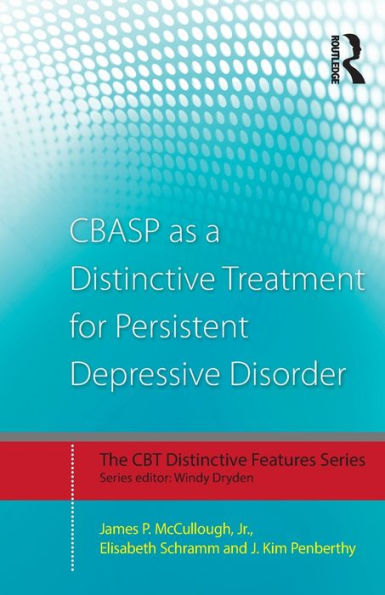5
1
9780415870627



CBASP as a Distinctive Treatment for Persistent Depressive Disorder: Distinctive features / Edition 1 available in Paperback, eBook

CBASP as a Distinctive Treatment for Persistent Depressive Disorder: Distinctive features / Edition 1
- ISBN-10:
- 0415870623
- ISBN-13:
- 9780415870627
- Pub. Date:
- 12/08/2014
- Publisher:
- Taylor & Francis
- ISBN-10:
- 0415870623
- ISBN-13:
- 9780415870627
- Pub. Date:
- 12/08/2014
- Publisher:
- Taylor & Francis

CBASP as a Distinctive Treatment for Persistent Depressive Disorder: Distinctive features / Edition 1
$26.95
Current price is , Original price is $26.95. You
26.95
In Stock

Product Details
| ISBN-13: | 9780415870627 |
|---|---|
| Publisher: | Taylor & Francis |
| Publication date: | 12/08/2014 |
| Series: | CBT Distinctive Features |
| Edition description: | New Edition |
| Pages: | 170 |
| Product dimensions: | 5.06(w) x 7.81(h) x (d) |
About the Author
From the B&N Reads Blog
